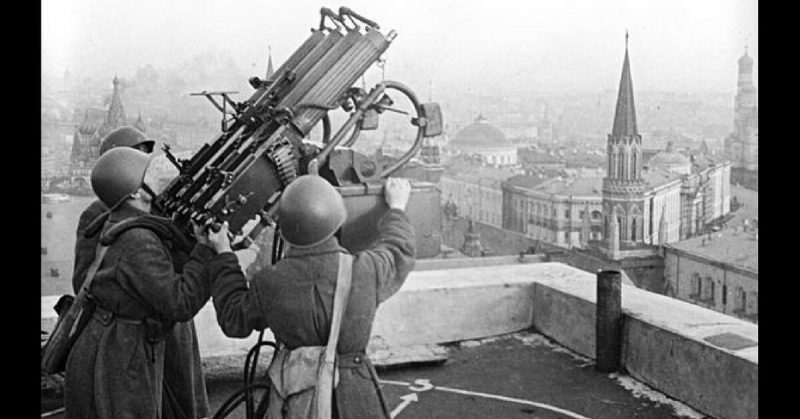Throughout WWII, Adolf Hitler’s political ambitions interfered with his plans. Several high-profile military operations were canceled, sometimes against the advice of his commanders.
Operation Sealion
In July 1940, Hitler signed Führer Directive No. 16. It was the order to instigate the invasion of Britain entitled Operation Sealion.
The invasion was planned for August 25. Forty-one divisions were to cross the Channel, along with two divisions of airborne troops. Landing along the south coast, they would encircle London, bringing the British government to its knees. It was a detailed and well-considered plan.
Tanks were waterproofed and fitted with snorkels so they could be dropped off in water and drive up onto the beaches. The French coast between Boulogne and Sangatte was filled with artillery batteries to fire across the Channel.
As the invasion fleet was assembled, the Germans hit snags. Grand-Admiral Raeder pointed out that they did not have enough transport to send all the divisions in the first wave. Mine clearance was made difficult by British bombers.
To succeed, the Germans needed aerial superiority. From August 8, the Luftwaffe sent up to 1,500 aircraft over Britain every day to bomb radar stations and airfields. British technology and home ground advantage helped counter the attacks. When Hitler became distracted into targeting cities instead of military bases, he lost the chance to destroy the RAF. The Battle of Britain was effectively over.
Operation Sealion was repeatedly postponed throughout September, then put off until the spring. As Hitler turned his attention to invading Russia, the plan was abandoned.
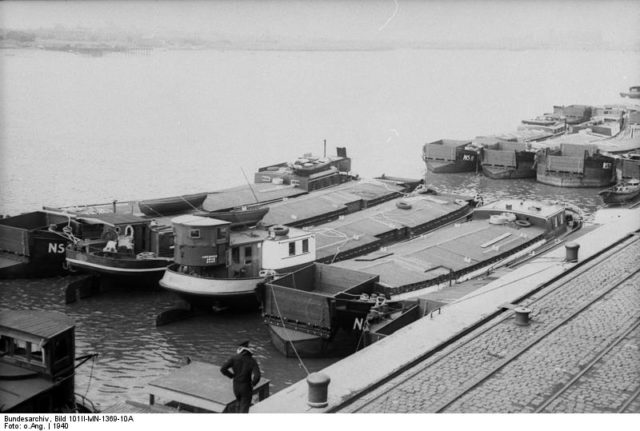
The Advance on Moscow
In the late summer of 1941, the German invasion of Russia was beginning to falter. The persistence of the Red Army had robbed the invasion of some of its impetus. The Germans were advancing, but not with the incredible success of their earlier invasions of Poland and France.
Most of the commanders on the ground wanted to push hard for Moscow. They believed a powerful drive in the center could bring them a critical victory.
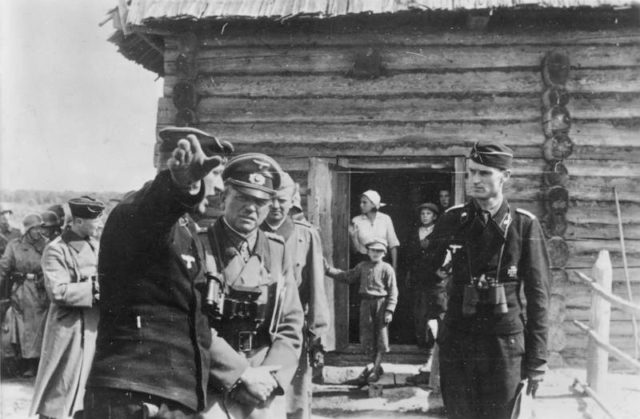
Hitler disagreed. During a visit to the front, he stopped them pushing for Moscow. Instead, he ordered them to take Leningrad in the north and Kiev in the south. According to Hitler, once those cities were captured, Moscow would fall.
Heinz Guderian, one of the few generals willing to argue with the Fuhrer, was sent to try to change Hitler’s mind. Guderian failed.
After Kiev had fallen on September 26, Hitler changed his opinion. Troops that had been diverted away from Moscow were sent back there. By canceling and then re-starting the attack on Moscow, Hitler had wasted effort and left it too late. The weather had turned. Autumn rain arrived, followed by the snows of winter. The Russians rallied their forces, halted the advance on Moscow, and then counter-attacked.
The opportunity had been missed.
The Invasion of Malta
The island of Malta was crucial to the war in North Africa. As a safe harbor for Allied ships, it helped secure Allied supply lines and presented a constant threat to Axis convoys.
When Field Marshal Albert Kesselring took over as Supreme Commander South in November 1941, Malta soon drew his attention. Hitler told him that one of his most important jobs was to defeat the Royal Navy. Kesselring proposed invading Malta to achieve it, but Hitler turned the plan down. Germany lacked the resources to carry out the invasion. Given their performance in the war so far, he did not trust the Italians to do the job.
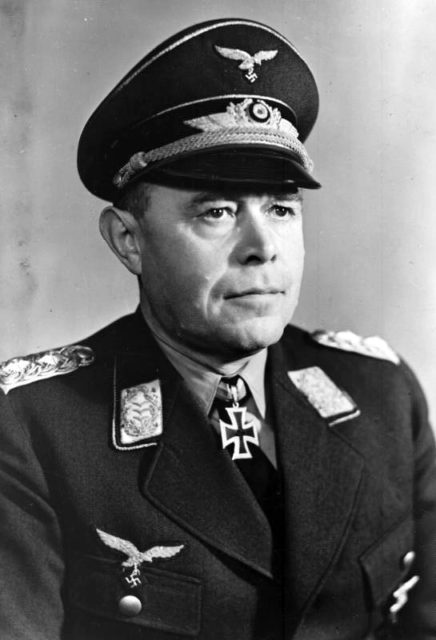
As the tally of lost supply and transport ships mounted, Kesselring’s plan was revived as Operation Hercules. It was to be an airborne assault on the island. Hitler and Mussolini approved the plan on April 29, 1942.
Then Hitler got cold feet. The Italians were still proving ineffective. The invasion of Crete had shown how costly an aerial invasion could be. He had other battles to fight.
The invasion was canceled, dooming Axis supply lines in the Mediterranean.
Operation Citadel
The advance on Moscow was not the only operation Hitler canceled in Russia.
The winter of 1942-3 had left the Germans in an awkward position. A Russian counter-attack had created the Kursk Salient, a sector of Russian-held territory projecting into the German lines. It also created an opportunity for the Germans. If they could cut off the salient, they could trap over a third of the Russian forces and shorten their battle lines by 500 kilometers.
Hitler’s generals insisted it should be done quickly before the Russians dug in. However, Hitler delayed, and Operation Citadel did not begin until July 5.
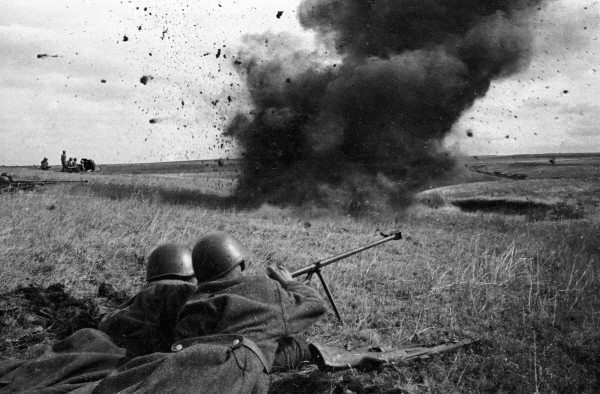
What followed was intense fighting, as the Russians brought in reserves the Germans did not know they had. Despite the setback, the Germans made progress, and General Manstein believed they were on the verge of a great victory.
Then came an order from Hitler. The offensive was too costly in men and resources. Attention needed to be turned to defending Italy, following the Allied invasion of Sicily.
On the cusp of victory, Citadel was canceled.
The Ardennes Parachute Drop
In December 1944, as the Allies advanced on Germany, Hitler planned Operation Autumn Fog, a counterattack in the Ardennes. Paratroop commander Friedrich von der Heydte assembled a unit to be dropped behind Allied lines to secure roads for the advance.
Not enough fuel was provided to get Heydte’s troops to their airfield. Only a third of his unit, around 400 men, would be able to go into action. At the last minute, their drop was canceled.
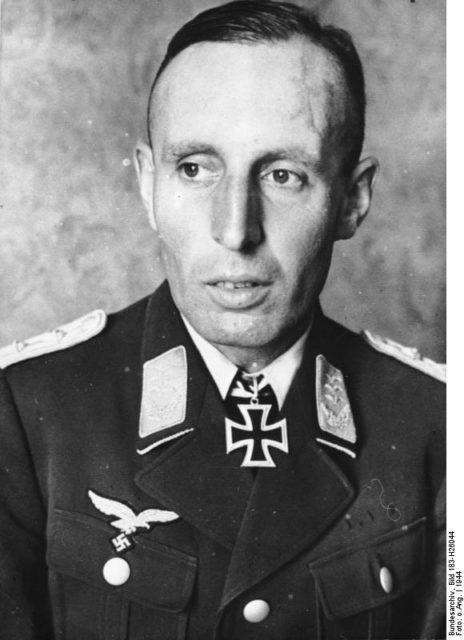
Unfortunately for Heydte, like the advance on Moscow, the canceled operation was reinstated. Autumn Fog was faltering. He and his men were sent in to block American reinforcements.
Hastily re-started, the operation was a fiasco. The paratroopers were scattered across the countryside far from their targets. Heydte and many of his men were forced to surrender.
Sources:
Nigel Cawthorne (2004), Turning the Tide: Decisive Battles of the Second World War
James Lucas (1996), Hitler’s Enforcers: Leaders of the German War Machine 1939-1945
David Rooney (1999), Military Mavericks: Extraordinary Men of Battle.
